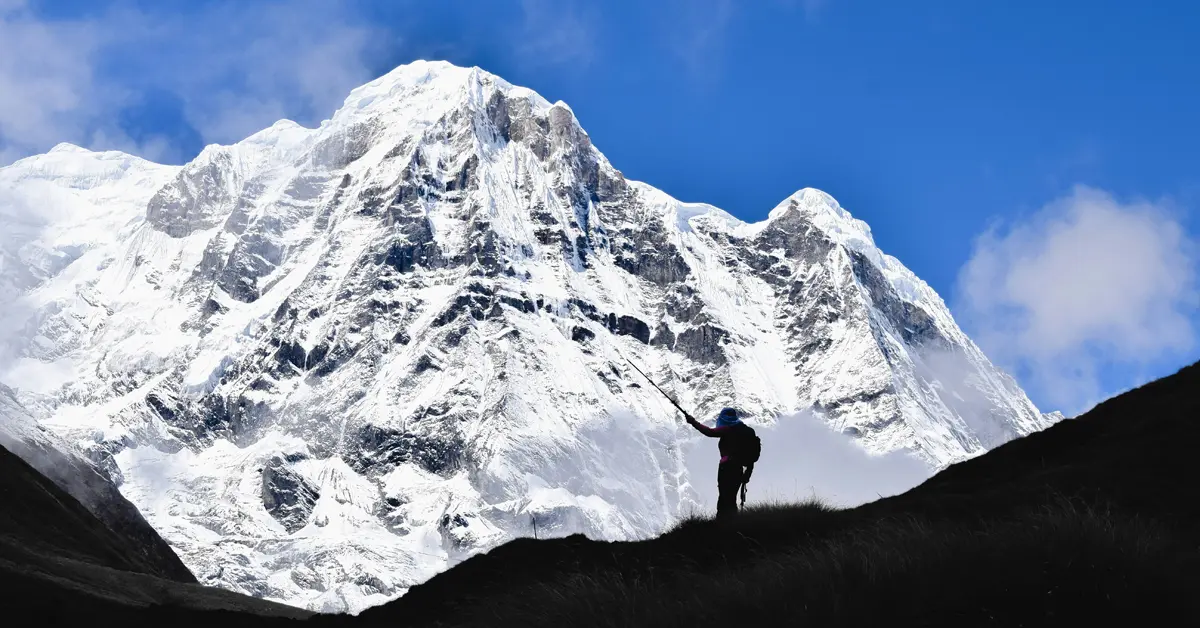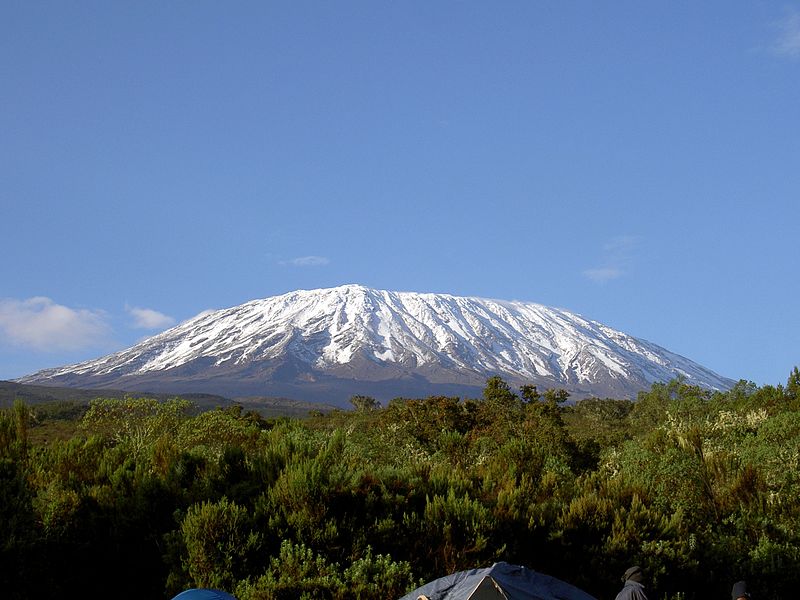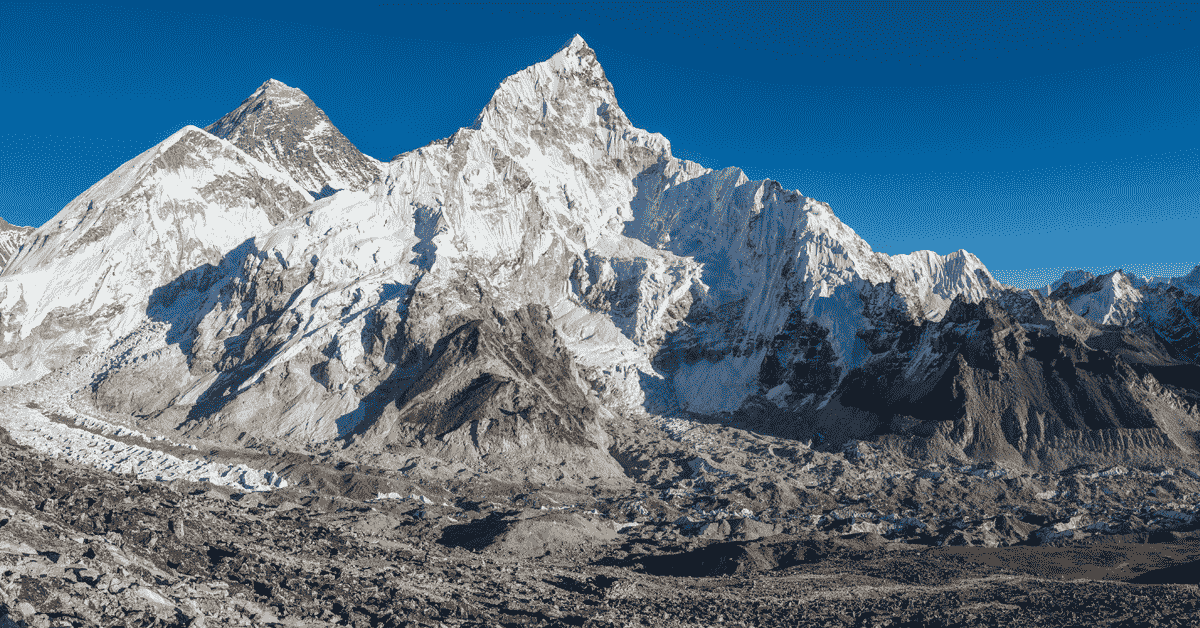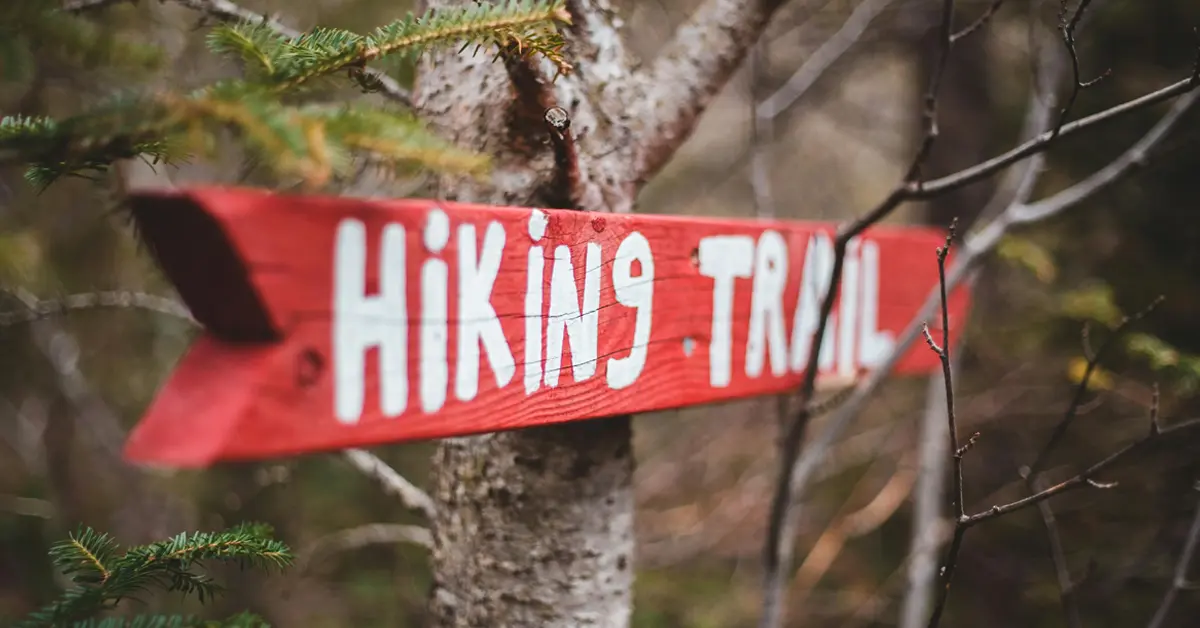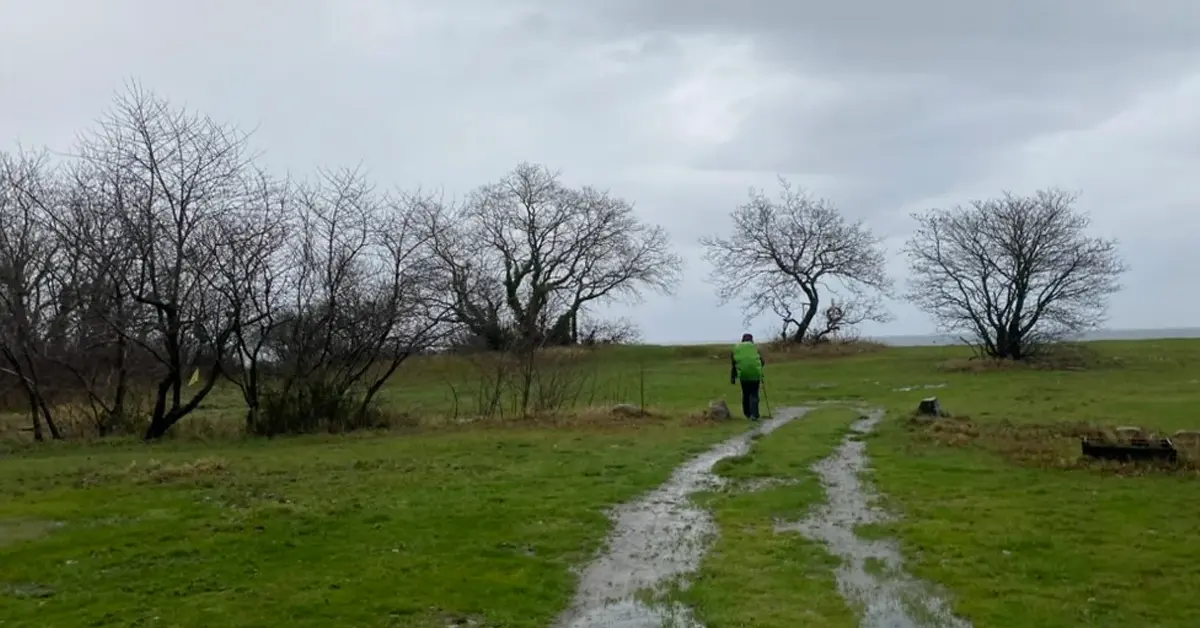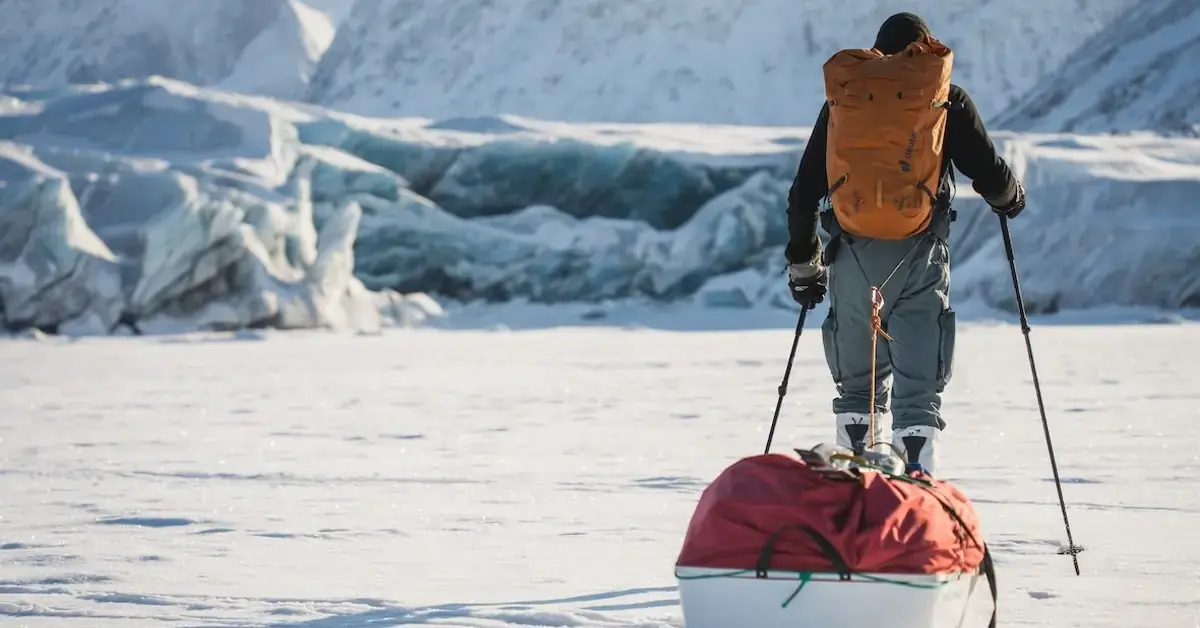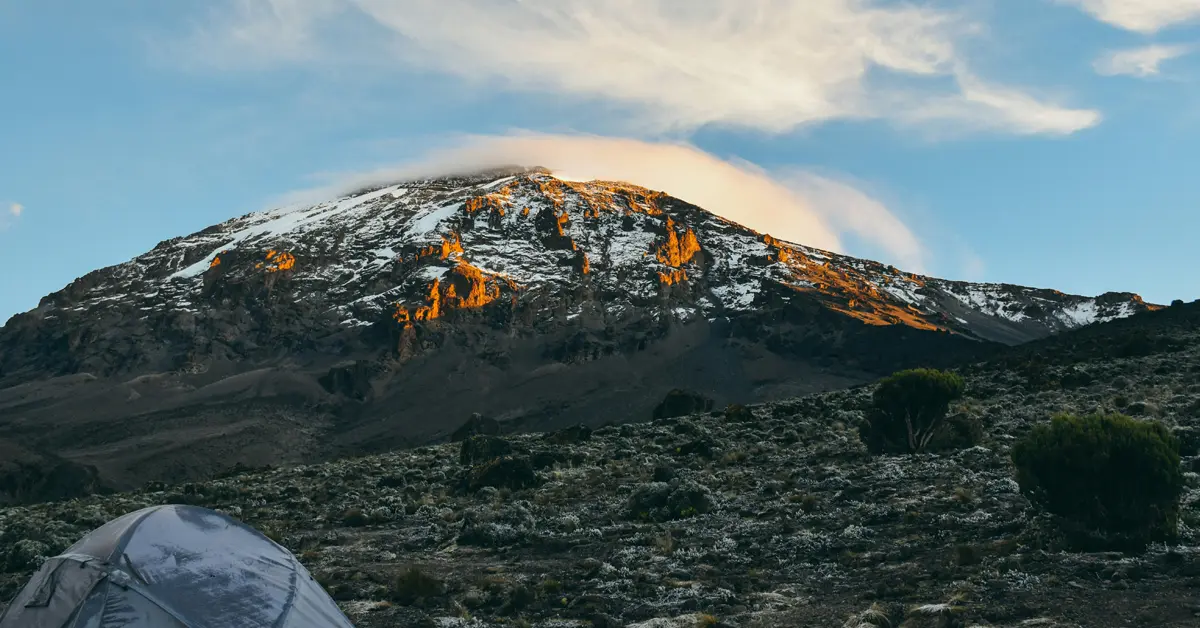Segla Hike Gear Recommendations | Essential Equipment Guide
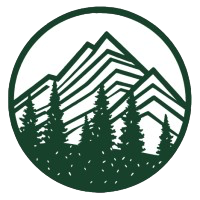
Gearchecker
7 months ago

Gear Up for Segla Hike: Ultimate Equipment Recommendations
In Norway, the Segla Mountain is found in the island of Senja and its tall peak makes it among the most famous mountains in Norway.
They are magnificent rocky pillars reaching steep slopes from the fjord’s edge and, therefore, provide a challenging yet amazing hike to Segla.
Whether you're a professional hiker planning to climb a Northern European mountain or an amateur determined to conquer your first Norwegian peak, this manual has the necessary information.
In this article, you will find everything you need to make your Segla climb successful, so stay tuned with us.
Why Hike Segla Mountain?
Looking at Segla Mountain as a hike is just a limited way of perceiving it; it is an adventure that makes one feel Norway in its rawest form.
Due to its similarity with a sail ship, it has become an icon for Senja or better still a tourist attraction site especially for hiking and capturing the scenic views.
The breathtaking sceneries, especially from the summit of the cliffs, associated with the views across the plateau, are considered to be the most impressive in the whole Norway, so you will be rewarded for your efforts.
Finally, hiking Segla is also a journey to the very soul of the Senja and its unspoiled nature. This island is nicknamed as the “Norwegian mainland miniature” as it offers a vast array of the scenery, which is to be found in different parts of the country.
From thick forest in the lower part of the trail through the falling trees near the middle of the hike and finally into tundra, steep rock and wind at the top of the trail, the hike offers an overview of the stunning features that attract tourists to Norway.
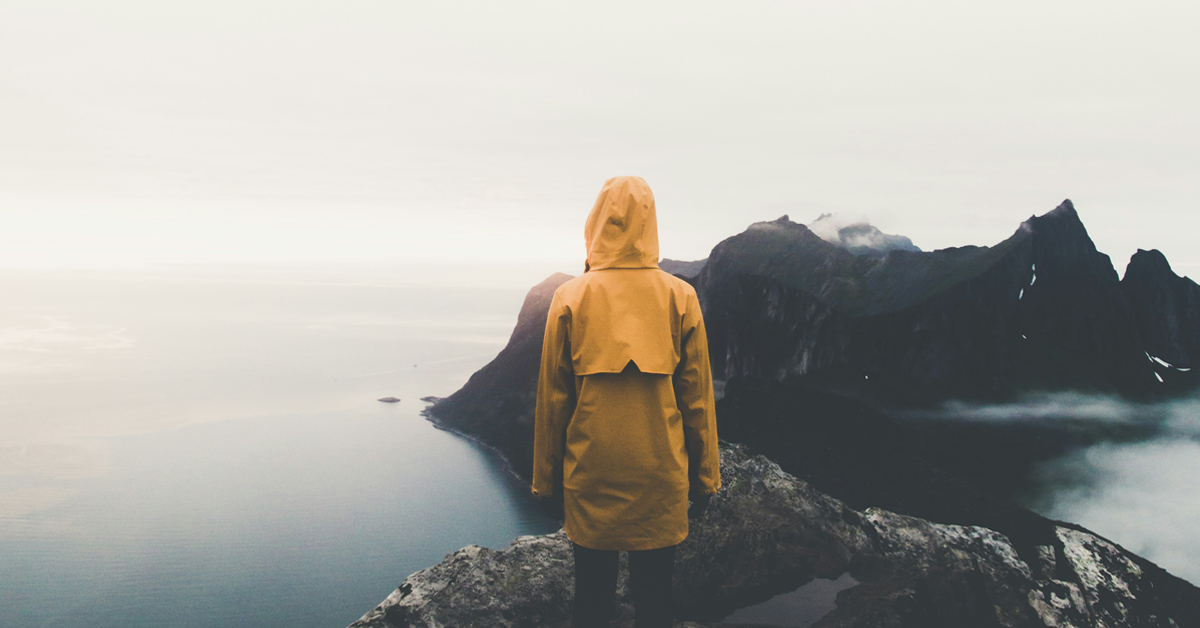
Overview of the Segla Hike Route
Fjordgård is a village on the island of Senja in the Troms og Finnmark county of Norway and this is where Segla is situated. To get there most people use air transport getting into Tromso which is one of the largest cities in Northern Norway.
Fjordgård is approximately three hours’ car drive away from Tromsø and during the journey, the passengers can enjoy frequent breaks in which they get to take a ferry across some of the most picturesque parts of Norway.
Short Details about Segal Hike Route
Distance: 4. 4 kilometers (round trip)
Elevation Gain: 640 meters
Duration: approximately 3-4 hours in the round trip if you travel from Nairobi city center.
Difficulty: Moderate to Challenging
The hiking starts in the settlement that is known as Fjordgård. The first part of the trail is quite steep and it may be tiring at certain moments, but once you’ve reached the ridge it is more or less flat.
The last bit leading to the summit is a bit exposed and requires some scrambling at time over rocks and thus should be undertaken carefully particularly over water or wind.
The peak was flat with an extreme parapet that dropped vertically on one side and the other side was a steep drop as well.
The views from the top are breathtaking indeed; the best part of the area that covers the neighboring 360-degree mountains, fjords and the Atlantic Ocean.
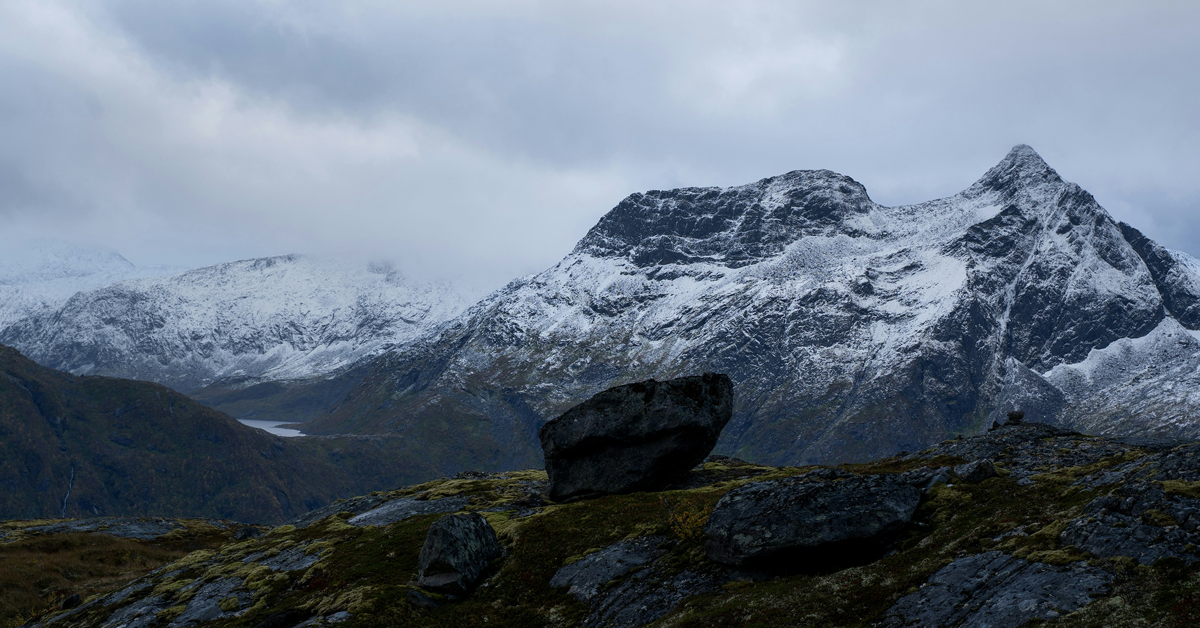
Essential Gear List for Hiking Segla
When planning a hike up Segla, it is important to pack appropriately so as to keep oneself safe, comfortable, and happy. Below you will find a general list of what you should bring along with some recommendations of specific equipment.
Clothing
Layered Clothing
Norway’s climate is rather changeable, therefore it is appropriate to dress in warm clothes with layers. To begin with, there is the use of moisture-wicking base layer followed by the use of insulating mid-layer and lastly the use of waterproof as well as windproof outer layer.
Recommended: For base layers, Merino wool, for mid-layers, fleece jackets, while for the shell jackets, they made the new generation GORE-TEX.
Hiking Boots
A pair of strong and waterproof hiking boots with sufficient ankle support are required to navigate the mainly rocky ground.
Recommended: Salomon X Ultra 3 Mid GTX or Lowa Renegade GTX Mid.
Gloves and Hat
Depending on the season, even in mid – summer the top can be frosty, so don’t forget your headgear and mittens.
Recommended: Smartwool beanie and windproof gloves.
Extra Socks
Extra pair of socks could literally be the difference between life and death especially if your feet get wet.
Recommended: Darn Tough Merino Wool socks.
Navigation
Map and Compass
However, the trail is rather clearly marked so it is advisable to take a map and compass in a fog or poor visibility.
Recommended: Silva Ranger Compass and a detailed map of the Senja region.
GPS Device
Aasier is using a handheld GPS or using the GPS on an application on the phone to be helpful in helping you keep track of your progress as well as ensure that you are still on the right track.
Recommended: Garmin eTrex 32x or the AllTrails app on your smartphone.
Safety Gear
First Aid Kit
Include bandages, antiseptic wipes, blister treatment, and any personal medications. Consider a kit designed for hiking.
Recommended: Adventure Medical Kits Ultralight/Watertight .7.
Headlamp
Even in summer, the days can be shorter than you might expect, so carry a headlamp just in case.
Recommended: Petzl Actik Core headlamp.
Trekking Poles
These can provide extra stability on the steep sections of the trail.
Recommended: Black Diamond Trail Pro Shock Trekking Poles.
Food and Water
Water Bottle
There are no water sources on the trail, so bring enough water for the entire hike.
Recommended: Nalgene 1L water bottle or a CamelBak hydration system.
High-Energy Snacks
Pack snacks like nuts, energy bars, and fruit to keep your energy levels up.
Recommended: CLIF Bars, trail mix, and dried fruit.
Optional Gear
Camera
The views from the summit are incredibly photogenic, so don’t forget your camera.
Recommended: A compact camera like the Sony RX100 or a smartphone with a good camera.
Sunglasses and Sunscreen
Even on cloudy days, the sun’s rays can be strong at higher altitudes.
Recommended: UV protection sunglasses and a broad-spectrum sunscreen with SPF 30 or higher.
Emergency Gear
Emergency Blanket
Lightweight and compact, it could be a lifesaver in case of an unexpected overnight stay.
Recommended: SOL Emergency Blanket.
Multi-tool
Handy for various situations, from gear repairs to food preparation.
Best Time to Hike Segla Mountain
The best months to climb Segla are around summer months, June, July, August, and September as the weather is comparatively mild and the daylight duration is also long.
During this time of the year you are also likely to have a chance to meet midnight sun, so better start your hiking early in the evening.
But, though it is recommended to climb it during summer, if one is an experienced climber or trekker, they can also do it in Spring or autumn. You must know that the climate may be unpredictable at these times, and snow may be on the trail.
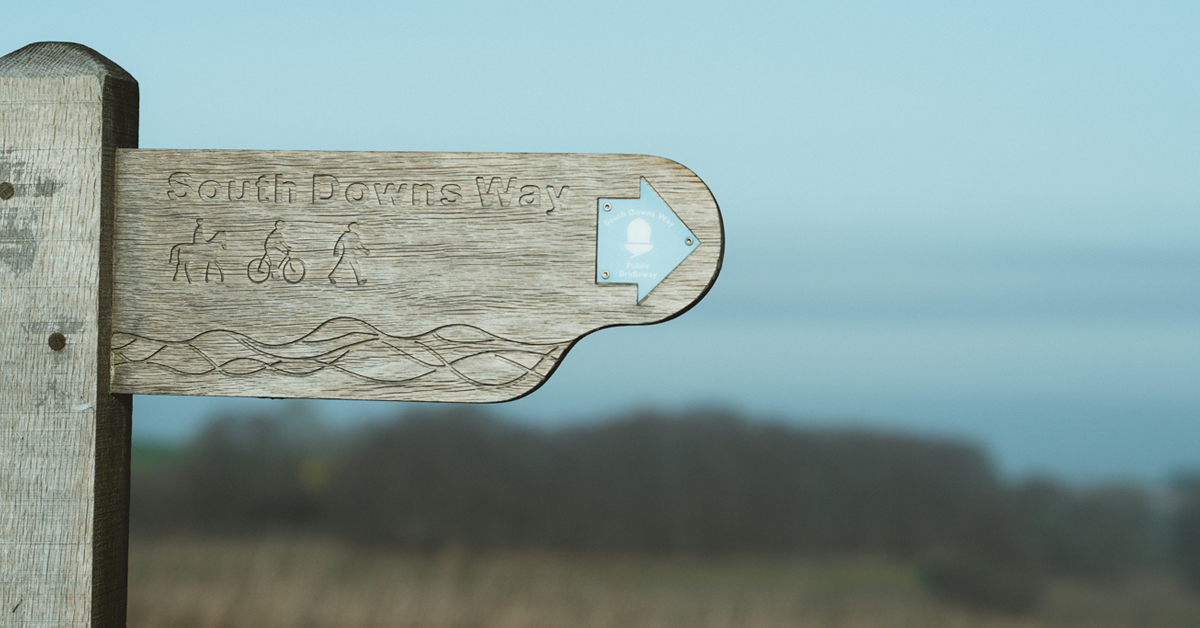
Safety Tips
Check the Weather: Always check the weather forecast before heading out, and be prepared to turn back if conditions worsen.
Start Early: To avoid the crowds and have ample time to complete the hike, start early in the day.
Stay on the Trail: The trail to Segla is well-marked, so stick to it to avoid getting lost or damaging the fragile mountain environment.
Respect Nature: Norway’s landscapes are pristine, and it’s important to keep them that way. Pack out all your trash and follow Leave No Trace principles.
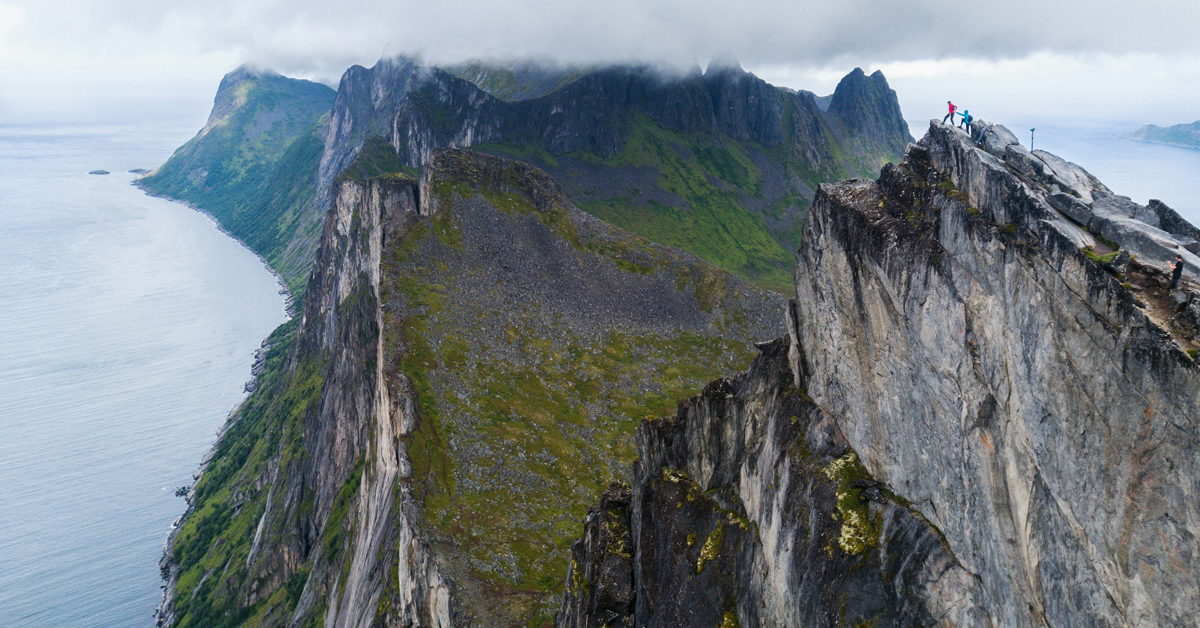
Conclusion
Natural as it may appear, Segla has much more to it than what meets the eye in terms of the Culture of Senja. Literally, the name “Segla” mean “The Sail” in English, because it rises like a sail of a ship in the sky.
For centuries it has been used as geographical reference for sailors because of the difficult coastlines of Northern Norway.
The island of Senja – is named as ‘’Norway in Miniature’ because the island represents almost all types of genera geography of Norway right from mountains, deep sea and long hills, sandy beaches.
The inhabitants of Senja are very proud of their nature and Segla is one of the brilliant pearls of this island.
.webp)
FAQs
Is it safe to hike Segla in winter without a guide?
Hiking Segla in winter without a guide can be risky due to unpredictable weather and icy trails. Ensure you have the right gear, check weather forecasts, and consider your hiking experience before attempting the trek alone.
What are the essential Segla hike gear recommendations for winter?
Essential gear for hiking Segla in winter includes insulated boots, crampons, trekking poles, and layers of warm clothing. Don’t forget a headlamp, as daylight is limited during the winter months.
How long does it take to complete the Hesten hike?
The Hesten hike usually takes 1.5 to 2 hours to reach the summit, depending on your fitness level and the weather conditions.
What is the difficulty level of the Reinebringen hike?
The Reinebringen hike is considered challenging due to its steep ascent and rocky terrain. Proper footwear and caution are advised, especially in wet or windy conditions.
What should I expect from Segla Norway hiking tours?
Segla Norway hiking tours typically include a guided trek to the summit, with insights into the local landscape and history. Tours often provide necessary equipment, and some may offer transportation and meals depending on the package.
What is the difficulty level of the Senja Segla hike?
The Senja Segla hike is considered moderately difficult, with steep and rocky sections that require a good level of fitness. The trail is challenging, especially near the summit, but rewarding with stunning views.
What is the difficulty level of the Segla Mountain summit hike?
The Segla Mountain summit hike is considered difficult due to its steep, rocky terrain and exposed sections. It requires a good level of physical fitness and hiking experience to safely navigate the trail and reach the summit.
